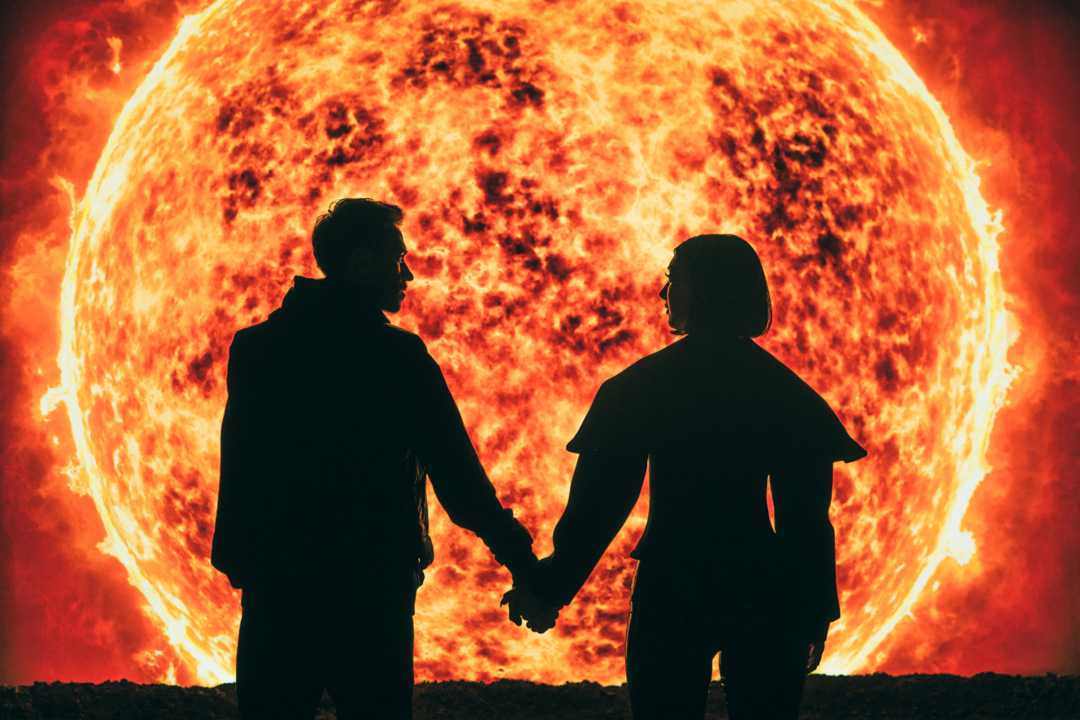Brompton helps LEDcave launch rapper into Space
- Details

“We have been in conversations with Doering’s team for the past two years about various creative opportunities at our LEDcave studios across Germany,” says LEDcave’s CEO Thilo Strack. “When this music video project came up there was no time for ‘star gazing’ - we knew our Berlin studio would be perfect, both creatively and technologically, for what the teams had in mind,”
As LEDcave’s most advanced VP studio, the 2,500m2 Berlin space features a giant LED volume comprising a curved LED wall measuring 40m wide by 6.5m high made up of LEDitgo vP2+ LED panels. The LED roof surface, which consists of the same 2.6mm panels, is 24m long and 14m deep. Sixteen high-end media servers with state-of-the-art components such as the NVIDIA A6000 graphics cards play the environments created in Unreal Engine via an Analog Way Aquillon CS+ with 24 inputs and 20 outputs in 4K60 in 10 bits via a total of 16 Brompton Tessera SX40 4K LED processors, with multiple Tessera XD10G data distribution units utilised for distribution to the LED panels.
All panels have been dynamically calibrated using Brompton’s Hydra measurement system, making them Brompton HDR-ready and able to take full advantage of Dynamic Calibration features such as ThermaCal and PureTone.
Produced by Doering, the music video was shot by MOO Video Production, with LEDcave’s LED volume delivering ultra-realistic visual backgrounds that seamlessly combined physical and virtual elements to transport the two pop music stars into the outer space. Unreal Engine was used by LEDcave team to transport moon scenes from the original mood board into captivating virtual backgrounds.
“We really enjoyed the collaborative spirit from everyone involved in the project,” Strack says. “LEDcave’s creative team, the client, the management and even the artists themselves all got involved in the creative process of designing the perfect virtual moon environment.”
Speaking of the benefits that Tessera SX40 processors had brought to the production, Strack notes that it is “the numerous colour features within Tessera and Brompton’s Dynamic Calibration settings that made all the difference, particularly when comparing the physically built stone surface placed against space backgrounds on the LED wall. They worked incredibly well in real time and brought considerable time-saving advantages to the team,” he explains.

















